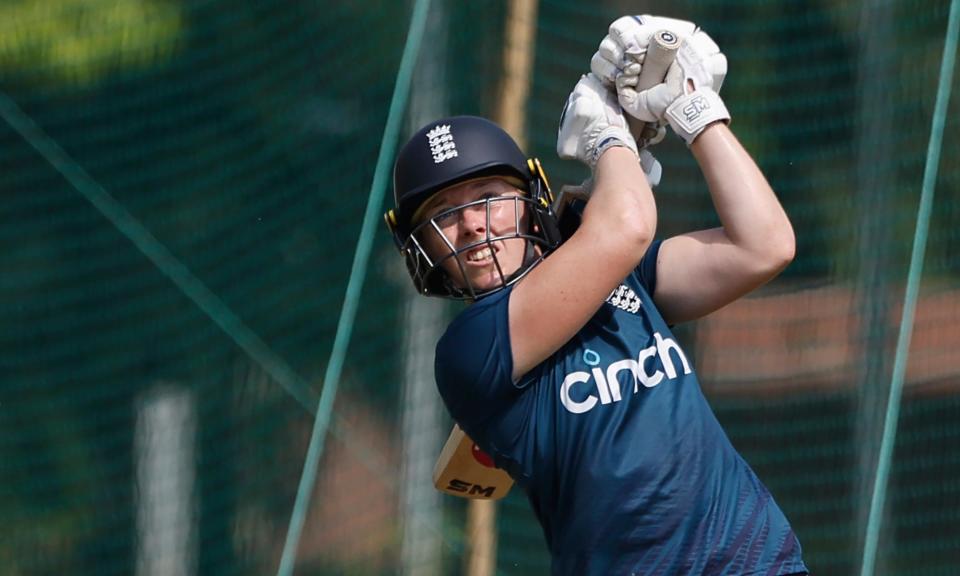
Richard Gould, the chief executive of the England and Wales Cricket Board, has stressed that Yorkshire initially missing out on the revamp of the professional women’s game is not a case of the club being “punished for past sins”.
From next year the current eight-team regional women’s system will switch to 15-strong full-time squads run directly by eight counties. Durham, Essex, Hampshire, Lancashire, Somerset, Nottinghamshire, Warwickshire and Surrey were those selected this week, before an expansion to 10 counties by 2027 and up to 12 by 2029.
Related: Durham selected ahead of Yorkshire to host professional women’s county team
For all the delight among the first wave of recipients, bitterness lingers among the have-nots. Leicestershire have said they were “crestfallen” to miss out, while Kent called it “difficult to swallow”. Yorkshire, who like Glamorgan must wait until 2027 to join tier 1, were “surprised and disappointed” and now fear losing players and coaches at Northern Diamonds to rivals.
It is another setback at Headingley, Yorkshire having reported a threefold increase in women’s and girl’s teams in the county since 2020 but still reeling from the fallout of its high-profile racism scandal. Gould, speaking at the launch of the ECB’s new national tape ball competition, another initiative aimed at broadening the sport’s reach across the UK, stressed this was not a relevant factor in the allocation.
“[Yorkshire] are certainly not being punished for past sins,” said Gould. “That’s not the ECB’s role. Our role is to promote the game, not punish. We have responsibility when we have an opportunity such as this to get the best outcomes nationally.”
An investment of nearly £100m over five years by the ECB, the new system is certainly a rapid acceleration of the women’s game to rank alongside the creation of the Hundred. By 2029 there could be 180 full-time female professionals, up from 100 at present, with the minimum wage set in line with the men’s game.
“There’s always an argument that the depth isn’t there when a country invests in women’s cricket,” said Heather Knight, the England women’s captain. “But it’s an argument that shoots itself in the foot. If you don’t invest, you don’t grow the talent.
“There’s so many more girls that have seen cricket and want to get involved and so they need that structure to get them in – and keep them in – the game. There’s a lot of sports out there and it’s important that cricket is a viable [career] option.”
While the new tier creates opportunities, there will be upheaval also. Almost inevitably there will be winners and losers when the newly incorporated tier 1 sides assemble their squads for next summer, with the final season of the current regional structure – due to get under way this weekend – set to serve as an audition in many cases.
Players such as those at Northern Diamonds (based at Headingley) will have to decide whether to move to further their careers, with the Professional Cricketers’ Association set to push for relocation costs in the coming months. The union, while welcoming the restructure, will also be heavily scrutinising the new teams to ensure the women get the same access to facilities and coaches as the men, rather than “feel like a spare part”.
This issue was considered a high priority in a recent survey of players by the PCA and also flagged up in last year’s report by the Independent Commission for Equity in Cricket. “It has been a problem in the past,” said Knight. “My region [Western Storm] is made up of three different counties and sometimes you feel you don’t have a home or are a bit all over the place with facilities, not getting the same access as the guys.
“This will now be written into the CPA [county partnership agreement], so counties will be accountable. It may take time to work it out, year one may be a bit clunky. But that’s the whole idea: one club, two teams.”
Article courtesy of
Source link